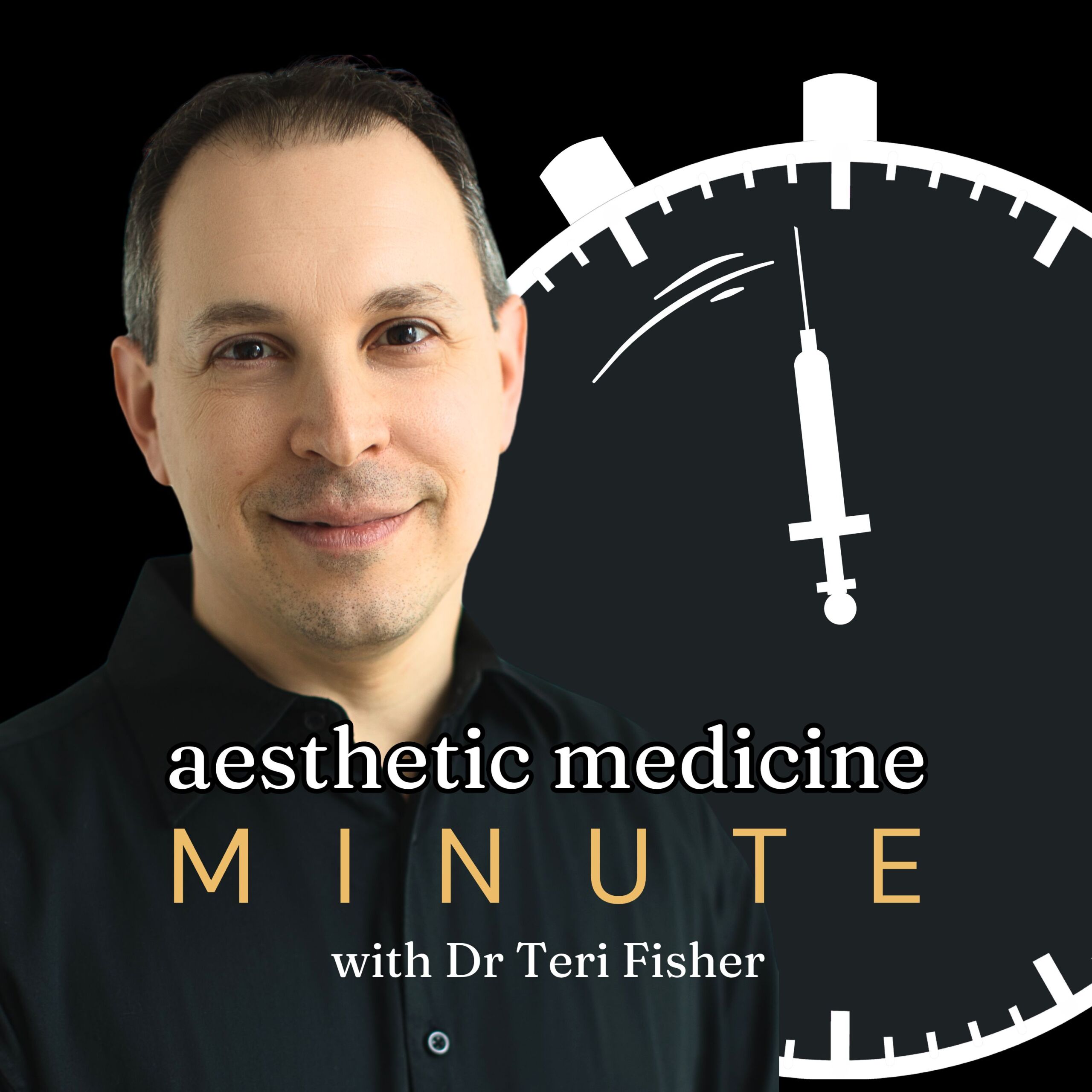
AMM 169: Polydeoxyribonucleotide: The Future of Skin Rejuvenation
August 14, 2024
This episode delves into a recent study from Tongji Hospital of Tongji University in Shanghai, exploring the benefits of Polydeoxyribonucleotide (PDRN) for anti-aging skincare. Listeners will gain insights into PDRN’s origins, its therapeutic effects such as anti-inflammatory and tissue regeneration properties, and its potential to revolutionize skincare by enhancing collagen synthesis and promoting angiogenesis. The discussion also highlights the shift towards non-surgical cosmetic procedures and how PDRN could integrate into facial rejuvenation practices, offering natural and enduring results. Stay informed on the latest advancements in aesthetic medicine.
Quick Takes
- PDRN is a compound derived primarily from the DNA fragments of salmon trout and chum salmon sperm cells.
- PDRN has multifaceted therapeutic effects including anti-inflammatory, anti-apoptotic, tissue regeneration, and wound healing properties.
- PDRN’s mechanism involves activating the adenosine A2A receptor and various biological pathways, making it effective in promoting angiogenesis, boosting cellular activity, and enhancing collagen synthesis.
Episode Transcript
Today, August 14th, 2024, brings us an intriguing insight into the world of anti-aging skincare from a recent study at Tongji Hospital of Tongji University in Shanghai, China. Let’s explore the promising properties of Polydeoxyribonucleotide, or PDRN, which could revolutionize our approach to battling skin aging.
PDRN is a compound derived primarily from the DNA fragments of salmon trout and chum salmon sperm cells, showing wide-reaching benefits for skin health. Researchers, including Aawrish Khan, Guobao Wang, and Feng Zhou, have highlighted its multifaceted therapeutic effects from their extensive preclinical and clinical evaluations. These benefits encompass anti-inflammatory, anti-apoptotic, to tissue regeneration and wound healing properties.
The unique aspect of PDRN is its mechanism involving the activation of the adenosine A2A receptor and various biological pathways which help mediate its effects. It’s been found exceptionally effective in promoting angiogenesis, boosting cellular activity, and enhancing collagen synthesis. These qualities make it not just a filler but a regenerator of skin, offering more natural and enduring results compared to traditional treatments.
Moreover, as we continually see shifts towards non-surgical procedures in cosmetic enhancements, the role of PDRN could be pivotal. With injectables like botox and dermal fillers already popular, integrating PDRN could take facial rejuvenation practices to the next level, promising younger, healthier-looking skin with fewer side effects and risks.
By capitalizing on such emerging therapies, the pathway to preserving youthfulness and skin vitality seems more promising than ever. As we keep our eyes on these developments, one wonders how soon we’ll see PDRN becoming a household name in skincare regimes across the globe. Stay tuned for more updates on these fascinating advancements in aesthetic medicine.
